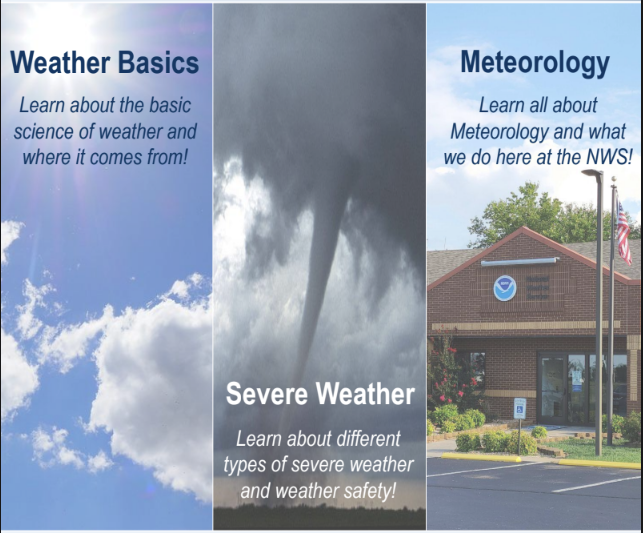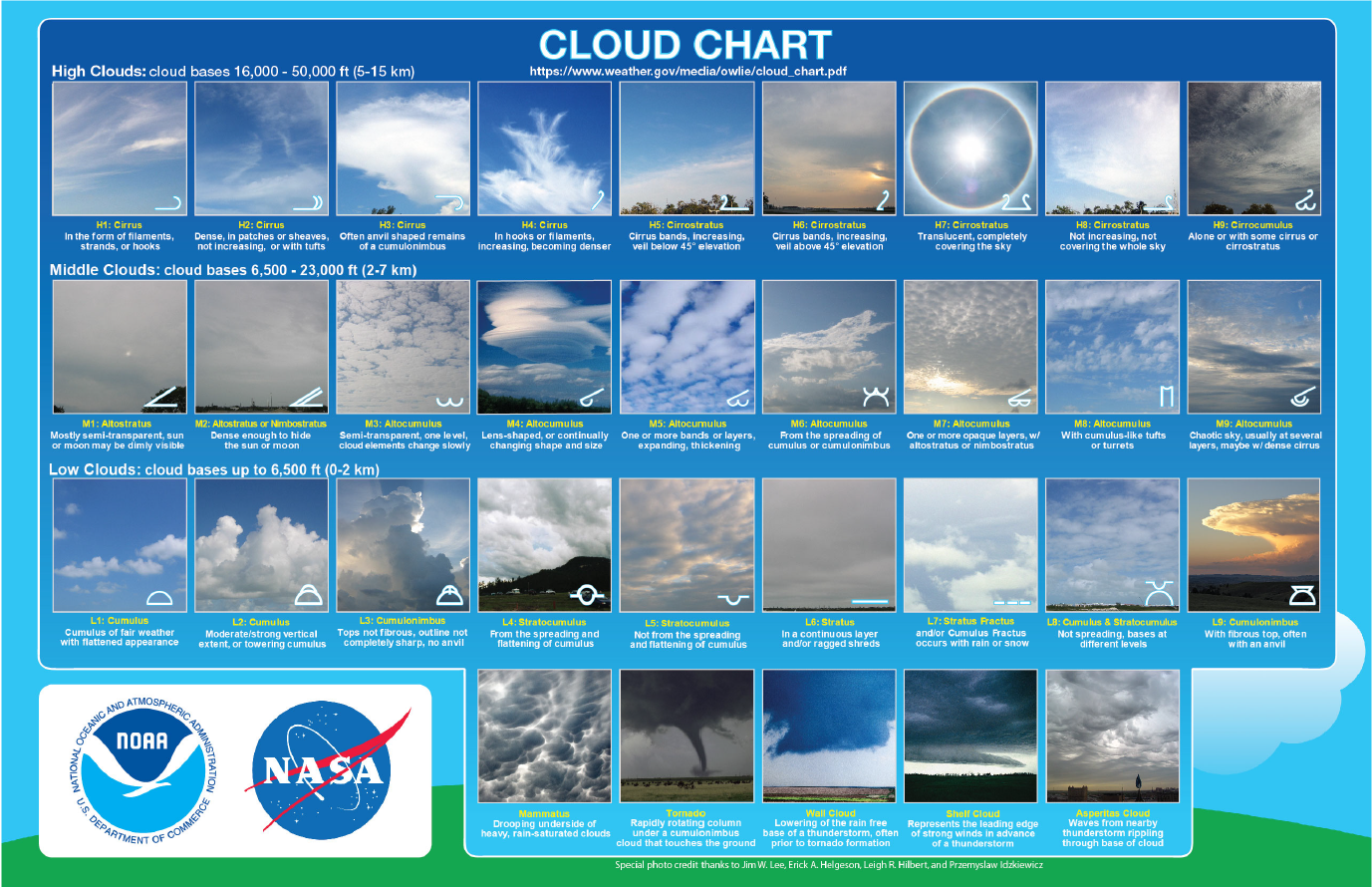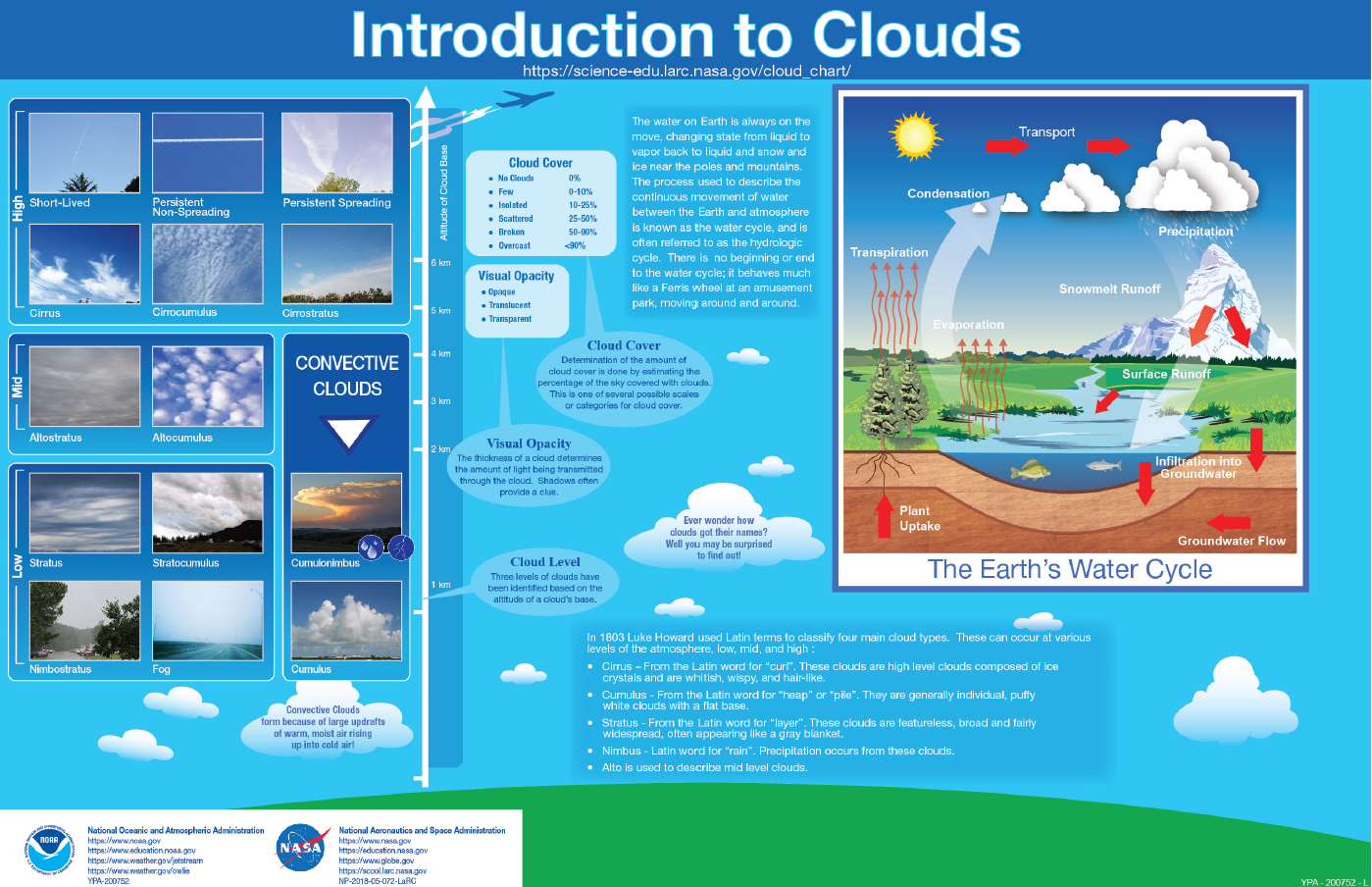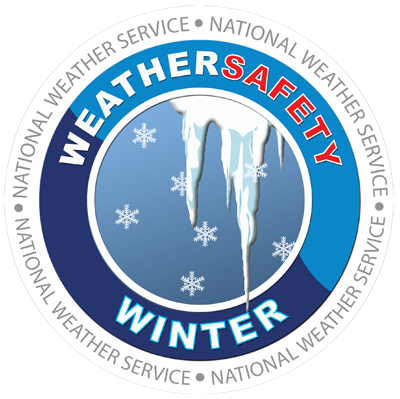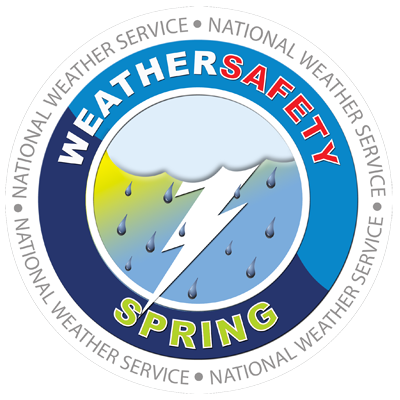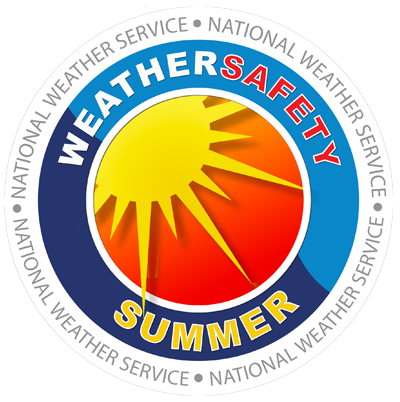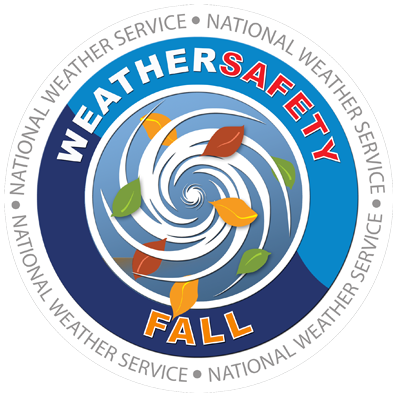National Weather Service offices regularly provide opportunities for college students to gain valuable work experience, both as paid employees and as unpaid volunteers. Many NWS employees participated in such programs themselves when they were students, and remain grateful for the experience. For this reason they understand how beneficial such programs can be and are eager to return the favor. This is true even if a student ends up not working for the National Weather Service.
Of course, the NWS benefits greatly from these programs as well. We gain a little extra help for a few months and give potential future employees a running start toward a successful NWS career. When deciding which recent graduate to hire, a manager in the NWS may wish to select someone who has actual NWS experience and the positive recommendations to go with it!
Paid vs. Unpaid
Students may work either in a paid or unpaid capacity. As might be expected, the process of gaining a paid position is more formal and more competitive, and typically requires a greater commitment from the student. Two opportunities for paid employment include the Pathways program and the NOAA Hollings Scholarship.
Pathways Program
The Pathways Program provides paid employment for students through post-graduate school. For additional information, to browse existing opportunities, and to set up an account to be notified of future opportunities, visit USAJOBS.
The NOAA Ernest F. Hollings Scholarship Program
Another form of paid employment (and scholarship money) is offered through the NOAA Hollings Scholarship. Once a year NOAA solicits applications for a scholarship program in honor of retired South Carolina Sen. Ernest F. Hollings, who promoted oceanic and atmospheric research throughout his career.
Scholarship students are eligible for:
- academic assistance during their junior and senior years;
- a paid 10-week, full-time internship position during the summer at a NOAA facility;
- a housing subsidy for scholars who do not reside at home during the summer internship; and
- travel expenses to attend and participate in a mandatory orientation and conference.
Student Volunteer Service
NWS Springfield offers unpaid work experience for college students in the fields of meteorology, hydrology, or computer science. Students will have an opportunity to explore their career options and to develop both professional and personal skills. Opportunities are available in person at our office in the Fall and Spring semesters and over Summer break.
Selections are made locally at NWS Springfield, and while the process is less formal than for a paid position, the competition can be just as tough. In a typical Summer we may have two dozen applicants but only two to four positions to offer. If you are able to volunteer in the Fall and Spring semesters, it often is easier to get a position.
Factors that will help your chances to be selected as a volunteer:
- United States citizenship (required)
- Currently at least a half-time student (required)
- Computer and programming skills (Python, Java, GIS) -- highly recommended
Additional factors:
- Year in school and amount of relevant coursework completed
- Academic record
- Activities outside of class (other paid work experience, leadership positions in clubs, volunteer work, etc.)
Application Deadlines:
- Fall Semester: July 1st
- Spring Semester: November 1st
- Summer Break: March 1st
Note that students don’t have to be studying meteorology in order to be considered for a volunteer position at NWS Springfield. We also are eager to host students with skills in Hydrology, Information Technology, Geographic Information Systems, or other related fields. We would be especially eager to host students who have all of these skills!!
Work hours for student volunteers
Understanding that student volunteers have many other commitments, including academic work and perhaps actual paid employment, we are flexible about the hours that a student works as a volunteer. However, we ask that a student averages at least 8 hours per week over the course of a semester or Summer break.
We ask students to work at least part of their time during normal business hours, Monday through Friday. Also, if the work can be split across two different days, students gain greater exposure to a wider variety of weather and interact with a larger number of different forecasters.
Students spend their time on a variety of activities, including:
- Shadowing forecasters and other staff members
- Taking weather observations
- Writing or editing content for the office webpage or social media outlets
- Writing newsletter articles
- Assisting during active weather
- Working on specific projects, ideally with another staff member. Since many NWS employees work rotating shifts, a student may vary their hours to better match those of their project leader.
Earning college credit as a volunteer
Students should check with their college or university about earning credit toward graduation for the time they spend volunteering. Specific policies vary by institution. For example, some schools may require the student to work more than 8 hours per week in order to earn credit. Otherwise it does not matter to the NWS whether a student is volunteering for credit or not.
Rules and regulations for volunteers
The National Weather Service, as an agency of the United States Department of Commerce (DOC), is bound by the laws, policies, guidelines, and procedures regarding voluntary and uncompensated services as summarized in DOC Administrative Order 202-311. This is important information for potential volunteers. For example, Section 2.03.d in this document explains the citizenship requirements for volunteers: "If an agency may not hire citizens of a particular country, citizens of that country may not serve as student volunteers." Also note the Student Volunteer Agreement at the bottom of that document. The first point requires that: "The student is enrolled at least half time at an accredited school, is recommended by the school, and is acceptable to the agency."
Applying for a student volunteer position at NWS Springfield
Contact Kelsey Angle at Kelsey.Angle@noaa.gov, if you are interested in being a student volunteer at NWS Springfield. Prepare to send a resume listing your previous work experience, your completed coursework, status as a U.S. citizen, and any other relevant information such as computer and programming skills, significant class projects, volunteer activities, research experience, participation in student clubs, etc.
.png)
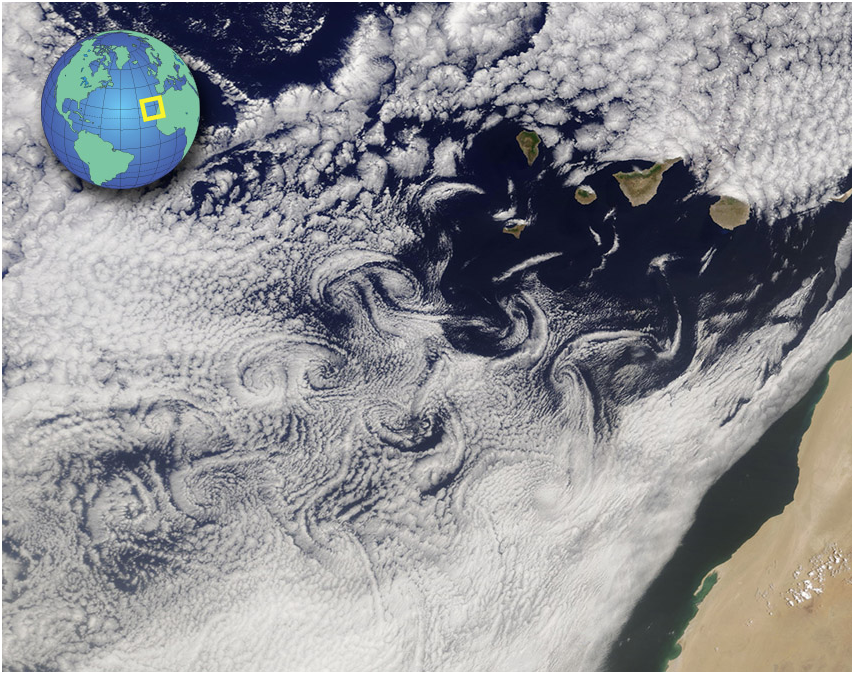
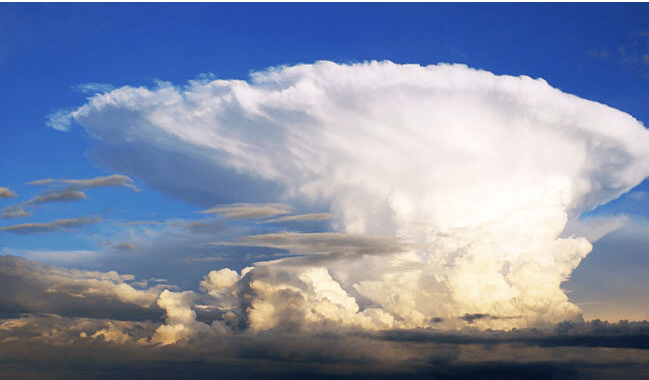


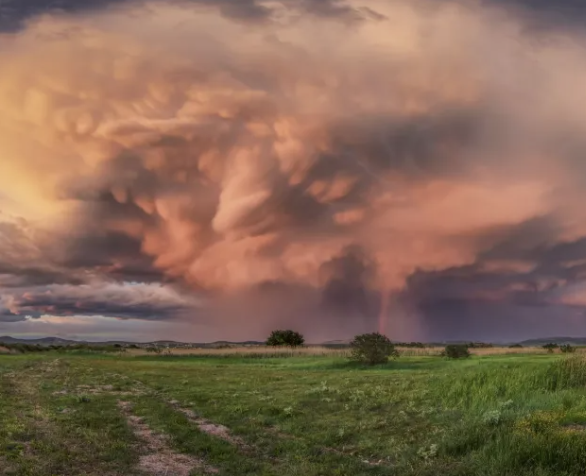
.png)
